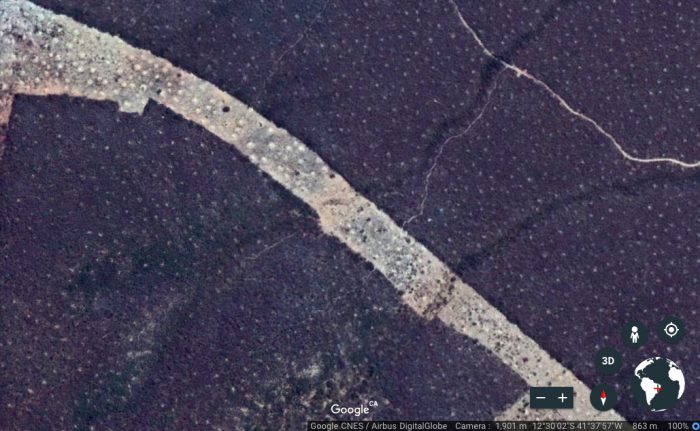Termites are not normally thought of warmly by humans. We suppose that chewing your way through people's walls will do that for a species!
But here's the thing about that reputation. As much as it may be true, in reality, termites are far more creators than destroyers. In fact, you'd be hard pressed to find an animal that is more of a construction crew than a colony of termites.
Case in point, a new discovery in a remote Brazilian forest has revealed an awe-inspiring discovery: a network of 4,000 year-old termite mounds that cover an area as large as the Great Barrier Reef!
Dynamic dirt movers
Can you wrap your head around that? 200 million individual mounds? Enough dirt to build 4,000 Egyptian pyramids? All by a bunch of insects that are each smaller than your pinky?
That's unreal!
Scientists took samples from the centre of some of the mounds. The oldest one that they discovered was 3,820 years old, so they are at least that ancient. For context, that was smack dab in the middle of the Ancient Egyptian empire. And what's more, that's just the oldest of the eleven or so mounds that they took samples from. Considering that there are 200 million of them out there, who knows how old the oldest one is?
Super size city
"What can we say? We've been busy!" (Getty Embed)
Then there's the sheer size of it all. Each termite mound is in the range of being 4 metres (10 feet) tall. Though it isn't true that the individual mounds are visible from space, as has been reported, satellite images do show that they cover an incredible area.
As one of the lead scientists, Stephen Martin, put it to the Washington Post: "Imagine it being a city. We've never built a city that big."
Not only have we not built a city that big, but most of our cities don't last that long, either. Give it up for termites—the world's greatest animal engineers!
 This satellite image shows an area cleared of vegetation that reveals just some of the mounds. (Google Earth)
This satellite image shows an area cleared of vegetation that reveals just some of the mounds. (Google Earth)










WOW! That is so cool especially for house-eating bugs ?!